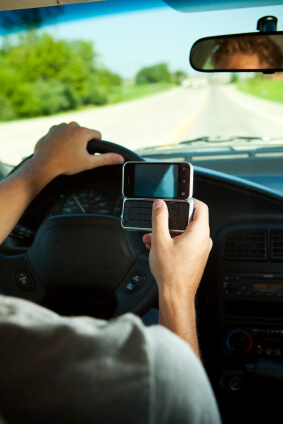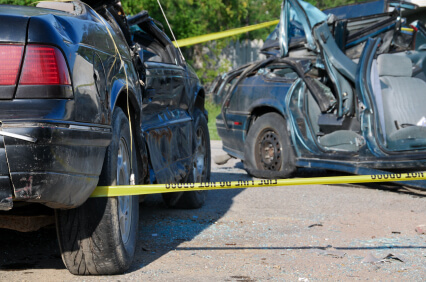Drowsy driving is more than just falling asleep at the wheel. “It mimics alcohol-impaired driving in many ways,” says Stephen Higgins, a researcher at the National Highway Traffic Safety Administration (NHTSA). In fact, drowsy driving has been categorized as yet another form of impaired driving, along with drunk driving, distracted driving, and drugged driving.
Sleeping pill usage increases auto accident risks >>
The Reality of Driving While Drowsy
When you’re so tired that all you want to do is collapse and sleep, common sense should prevail: You shouldn’t get behind the wheel of a vehicle, but people have jobs to go to, children to pick up, appointments to keep. We are in a society where taking a break isn’t always an easy thing to do, ask for, or to justify doing. But when it comes to driving while drowsy, that nap is absolutely essential to help protect you, your loved ones, and fellow drivers on the road.
Drowsy driving was responsible for 72,000 crashes, 44,000 injuries, and 800 deaths in 2013, according to the NHTSA. Though the administration admits that these numbers are actually an underestimation and believe that up to 6,000 fatal car crashes could be caused by drowsy drivers every year.
Deadly daylight saving time >>
The Warning Signs of Drowsy Driving
You may think that you’re awake “enough” to drive, but there are some behaviors that clearly indicate drowsy driving is happening:
- Frequent yawning
- Frequent blinking
- Drifting from your lane
- Difficulty remembering the last few miles that you’ve driven
- Hitting a rumble strip on the side of the road
- Missing your exit
Not only can drowsy driving cause drivers to swerve off the road or into opposing lanes of traffic, automatically putting them at risk for accidents, drowsy driving leads to other poor driving behaviors such as:
- Slower reaction times
- Impaired attention
- Distracted driving
- Compromised mental processing
- Bad judgment
- Poor decision-making
Any of these side effects of drowsy driving can impact a person’s ability to stop or go when they need to, observe the speed limit, notice pedestrians and bicyclists, and avoid auto accidents.
The danger of distracted walking >>
Ways to Combat Drowsy Driving
Getting enough sleep at night is, of course, one of the major ways to combat drowsy driving. According to AAA, drivers who sleep only five to six hours a night are twice as likely to crash as those who get enough sleep. Only four to five hours of sleep and your risks quadruple. However, some people are simply unable to get the rest they need because of irregular work hours, caring for an infant, untreated sleep disorders, insomnia, advanced age, chronic fatigue, medications, or other health problems. Commercial drivers who work long shifts and have irregular rest and awake hours are especially at risk for falling asleep at the wheel.
When you find yourself starting to zone out behind the wheel, get sleepy, or doze, pulling over to take a nap can restore your alertness. Opening the windows, turning up the radio, or drinking a cup of coffee isn’t enough to combat the lack of sleep and overwhelming drowsiness.
If you are involved in an auto accident because of a drowsy driver, contact David Femminineo today to discuss your case.



